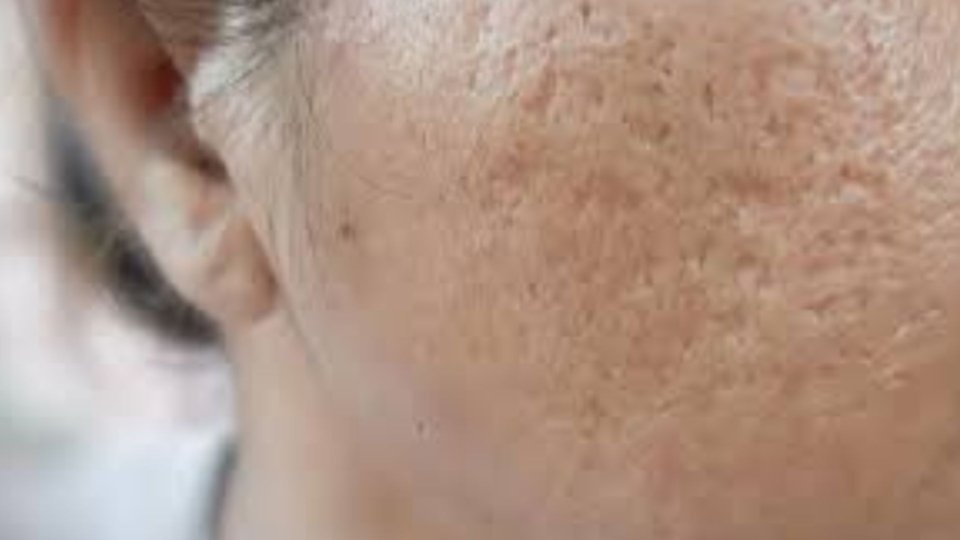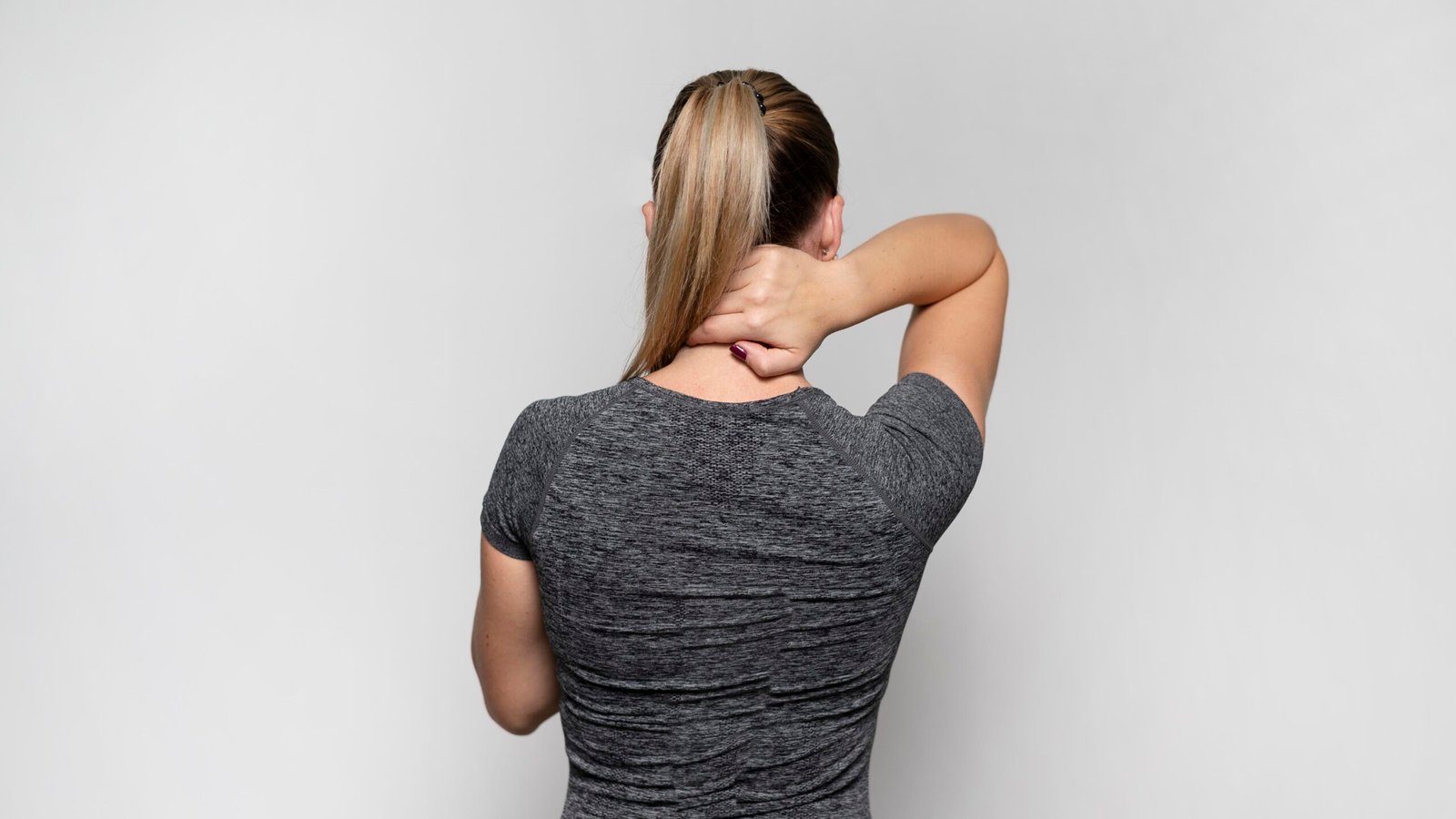
Acne Scars: Most Effective Treatments and Preventions
Acne scars are the permanent marks or small depressions left on the skin after severe acne has healed. They may form when an inflamed blemish damages the skin tissue forming it, and the body tries to repair the damage. Scarring occurs when the body produces too much or too little collagen and hence will result in different types of scars, including atrophic or depressed scars, and hypertrophic or raised scars.
Types of acne scars include ice pick, boxcar, and rolling scars. Although acne scarring usually appears on the face, it can also be seen in the chest, back, and shoulders. Topical creams like laser therapy, chemical peel, microneedling and pigmentation treatment options for facial and nonfacial acne scars are available in the market.
Types of Acne Scars
Acne scars result from the inflammation of the skin caused by the growth of acne. The acne may penetrate the skin deeply and damage the tissues in the lower layers of the skin. When the skin repairs itself, it may form different types of scars depending on the severity of acne and how the skin heals. Major types of acne scars include:
- Ice pick scars are a type of atrophic acne scars that are highly sharp and narrow with deep grooves. They look like ice pick puncture marks due to the skin pierced by a sharp object. The pockets on the skin from untreated acne are most often termed as the pick scars.
The scars are associated with severe acne, such as cystic acne burning. These scars happen when the skin loses some collagen while it is healing and repairing itself. Most ice pick scars are found on the cheek, and some may find them challenging to cure due to their deep nature.
- Boxcar scars are atrophic acne scars which appear as wide, box-shaped/oval depressions with sharp edges. They happen when inflammatory acne damages the skin and ravages the cushion collagen provides. Compared with ice pick scars, which are narrow and deep, boxcar scars are wider and less deep, and they can be more widespread on the cheeks, jawline, and temples.
They may be shallow or deep. Boxcar scars do not necessarily look pitted or cause an uneven texture to the skin (both of which can be seen in certain light). Therapy choices are determined by the kind and the severity of the scars as well as the skin-type of the patient, and their degree of tolerance. Early and selective aggressive therapeutic interventions may prevent aesthetic sequelae and result in hair-free skin.
- Rolling Acne Scars Atrophic acne scars which have broad depressions with gently sloping waves. They’re what create the dimples and rippling effect in your skin, making it look textured or “rolling” somewhere especially with angled lighting. Rolling scars are created by bands of fibrous tissue between the skin and deeper structures of the skin that pull on the skin’s surface creating a shadow of a rolled appearance.
These scars appear most often on the lower part of the cheeks and jawline, where the skin is thicker. Subcision, which pierces the fibers to lift the depressed area, microneedling, laser resurfacing, dermal fillers (provide temporary improvement by filling the space), can all work to release the tethered skin and stimulate collagen that helps fill the scar.
Causes of Acne Scarring
- Inflammatory acne (cystic, nodular, pustular): These occur when the inflammation goes deeper into the skin and affects the skin tissue and collagen.
- Treatment was delayed or substandard: The greater the inflammation, the more scarring potential.
- Popping / picking: Causes physical trauma and pushes infections deeper.
- Genetics: If it runs in your family, you’re more likely to experience acne scarring.
- Skin tone: People who have darker skin tones are more likely to develop hyperpigmentation or keloid scars.
- The severity and duration of acne: A more severe form of acne (such as severe nodular or cystic acne) tends to cause more damage to the skin compared with mild acne, so scar formation is more likely.
- Superinfections: Infected acne worsens the inflammation and tissue destruction.
Treatment options for Acne Scars
Treatment for acne scare includes topical treatment, chemical peels, Microneedling
Topical Treatments (for mild scars and discoloration):
Topical solutions for mild scars and discolorations The solution to treating mild acne scarring and discolorations is encouraging skin renewal and texture refinement. Retinoids boost collagen production and enhance cell turnover, fuzzing out scars. AHAs resurface and gently exfoliate dead skin cells off the very surface of the skin. Vitamin C brightens the skin and reduces marks; silicon gels/sheets need time to heal hypertrophic scars. The treatment is simple to apply and does not require invasion, suitable for light scarring and post-inflammatory marks with little recovery time needed.
Chemical Peels (for surface-level scars and pigmentation):
It removes some superficial scars and spots. It sheds off dead cells from the skin, thus making the newer skin underneath softer and more evenly toned. The acids used in light to medium peels are either glycolic or salicylic acids that exfoliate and smoothen the skin.
Stronger peels go deeper into the dermal layers that will fight more resilient scarring but involve a recovery period. For example, trichloroacetic acid (TCA) peels are much stronger and go deeper than most others do. These will help both the red or brown marks fade away and also even out the shallow indents that acne can make on your face.
Microneedling (for atrophic scars):
Microneedling is a nonablative therapy for atrophic acne scarring (ie, rolling and boxcar scars). It involves pricking the skin with tiny, regulated needles that prompt the body’s natural collagen and elastin to kick in.
This procedure aids in rebuilding of damaged tissue to smoothen skin texture and to minimize the depth of a scar. Frequently paired with platelet rich plasma (PRP), or topical serums, microneedling accelerates healing and rejuvenation. And, with little downtime, it’s great for all skin types.
Preventing Acne Scars
- All you need to do is simply wash acne two times a day using a gentle facial cleanser.
- Do not pick at or squeeze the pimples to minimize skin damage.
- Ensure you use non-comedogenic skin care products to avoid pores getting all blocked up.
- Use daily sunscreen to shield healing skin and keep dark spots at bay.
- Add topical treatments, such as retinoids or salicylic acid, to encourage a turnover of skin.
- Eat a balanced diet that is high in antioxidants and hydrating.
- Get help early for serious acne from a dermatologist.
- Be patient, healing takes time, and consistent care reduces scarring risk.
Conclusion
Acne scars in this blog result from the body’s natural response to inflammation, that occurs when the skin tissue damaged, is severe. Various types, such as atrophic and hypertrophic scars, can require specialized treatments like laser resurfacing, chemical peels and microneedling. Early intervention and prophylaxis are also crucial against ongoing skin damage and to contribute to a normal skin architecture in general.
To read more free articles ( Click Here )








